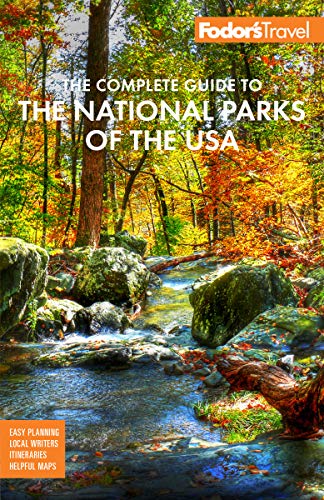Getting Oriented
The park rises upward from the massive Cascade ranges seen northeast of Seattle, widening in a swath of snow-covered peaks all the way to the Canadian border. The broad Skagit River and many large creeks cut through the valleys; most end in the long arm of Lake Chelan in the south or in the snakelike expanse of Ross Lake at the park's northern edge. Even in summer, valleys can start the day shrouded in fog; it's best to drive the highway west to east in the afternoon. A morning start is a good choice coming the other way. However, you'll find the most sensational scenery by hiking to one of the high park passes or mountain lookouts.
- North Unit. The park's creek-cut northern wilderness, centered on snowy Mt. Challenger, stretches north from Highway 20 over the Picket Range toward the Canadian border. It's an endless landscape of pine-topped peaks and ridges.
- South Unit. Hike lake-filled mountain foothills in summer to take in vistas of blue skies and flower-filled meadows. Waterfalls and wildlife are abundant here.
- Ross Lake National Recreation Area. Drawing a thick line from British Columbia all the way down to the North Cascades Scenic Highway, placid Ross Lake is edged with pretty bays that draw swimmers and boaters.
- Lake Chelan National Recreation Area. Ferries cruise between small waterfront villages along this pristine waterway, while kayakers and hikers follow quiet trails along its edges. This is one of the Northwest's most popular summer escapes, with nature-bound activities and rustic accommodations.




